Expansion of Data Centers
The Fiber Optic Components Market is also benefiting from the expansion of data centers worldwide. As businesses increasingly rely on cloud computing and big data analytics, the demand for robust data center infrastructure has intensified. Fiber optic components are integral to these facilities, providing the high-speed connectivity required for data transmission and storage. Recent data suggests that the data center market is expected to grow at a rate of approximately 8% annually, further driving the need for fiber optic solutions. This trend indicates a shift towards more efficient and scalable data management systems, where fiber optics play a crucial role in enhancing performance and reducing latency. Thus, the Fiber Optic Components Market is likely to see continued growth as data centers evolve to meet modern technological demands.
Rising Demand for Smart Cities
The Fiber Optic Components Market is significantly influenced by the rising demand for smart city initiatives. As urban areas seek to enhance infrastructure and improve the quality of life for residents, the integration of fiber optic technology becomes essential. Smart cities rely on interconnected systems for traffic management, public safety, and energy efficiency, all of which require high-speed data transmission. The market for smart city solutions is projected to grow, with investments in fiber optic networks expected to increase. This trend suggests that municipalities are recognizing the value of fiber optics in creating efficient, sustainable urban environments. Consequently, the Fiber Optic Components Market is likely to expand as cities invest in advanced communication technologies to support their smart initiatives.
Increasing Adoption of 5G Technology
The Fiber Optic Components Market is experiencing a surge in demand due to the increasing adoption of 5G technology. As telecommunications companies roll out 5G networks, the need for high-speed data transmission becomes paramount. Fiber optic components, known for their superior bandwidth and speed capabilities, are essential for supporting the infrastructure required for 5G. Reports indicate that the fiber optic market is projected to grow significantly, with estimates suggesting a compound annual growth rate of over 10% in the coming years. This growth is driven by the necessity for faster internet services and the proliferation of connected devices, which rely heavily on fiber optics for efficient data transfer. Consequently, the Fiber Optic Components Market is poised for substantial expansion as 5G technology becomes more prevalent.
Growth in Internet of Things (IoT) Applications
The Fiber Optic Components Market is experiencing growth driven by the proliferation of Internet of Things (IoT) applications. As more devices become interconnected, the demand for reliable and high-speed data transmission increases. Fiber optic components are well-suited for IoT applications due to their ability to handle large volumes of data with minimal latency. Market analysis indicates that the IoT sector is expected to grow at a compound annual growth rate of over 25% in the next few years, further emphasizing the need for fiber optic solutions. This growth presents opportunities for the Fiber Optic Components Market to innovate and provide the necessary infrastructure to support the expanding IoT ecosystem. As industries adopt IoT technologies, the reliance on fiber optics for seamless connectivity will likely intensify.
Technological Advancements in Fiber Optic Manufacturing
The Fiber Optic Components Market is poised for growth due to technological advancements in fiber optic manufacturing processes. Innovations in production techniques have led to the development of more efficient and cost-effective fiber optic components. These advancements not only enhance the performance of fiber optics but also reduce production costs, making them more accessible to a wider range of industries. Recent trends indicate that manufacturers are investing in research and development to improve fiber optic technologies, which could lead to enhanced durability and performance. As these technologies evolve, the Fiber Optic Components Market is likely to benefit from increased adoption across various sectors, including telecommunications, healthcare, and transportation. This trend suggests a promising future for fiber optics as a critical component in modern communication systems.
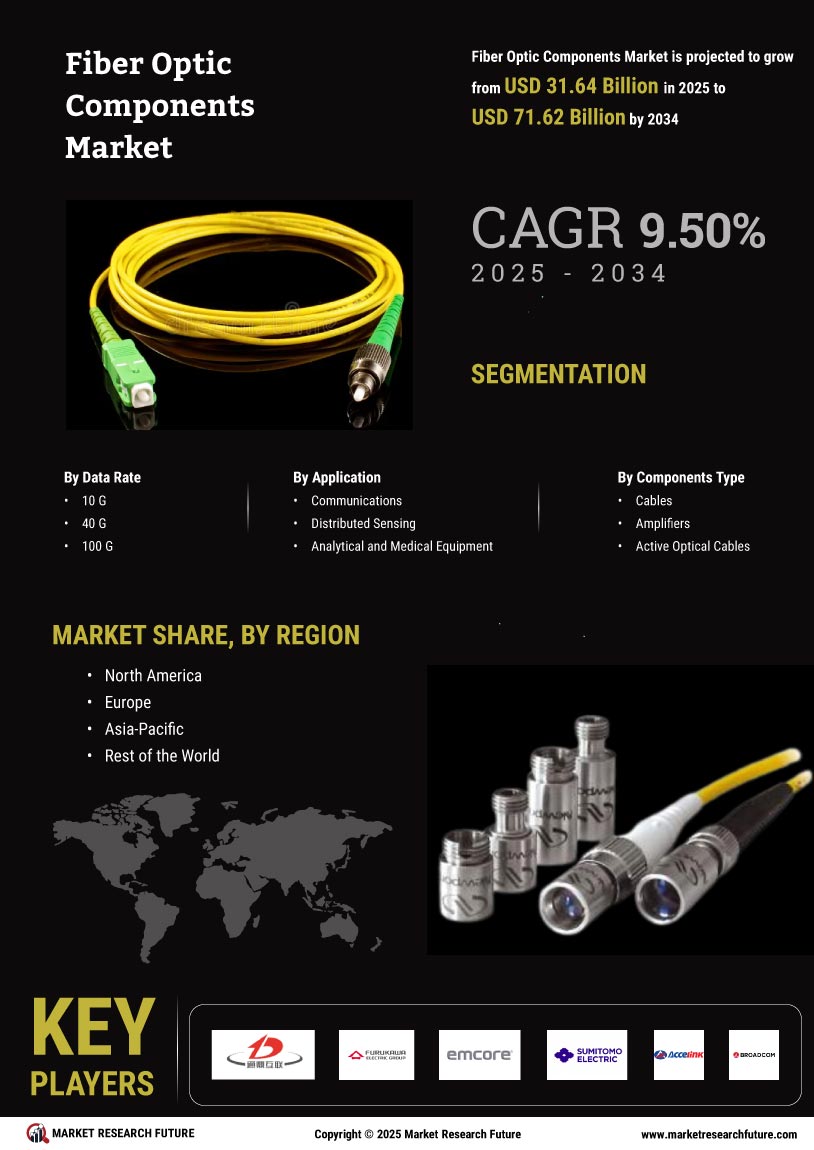

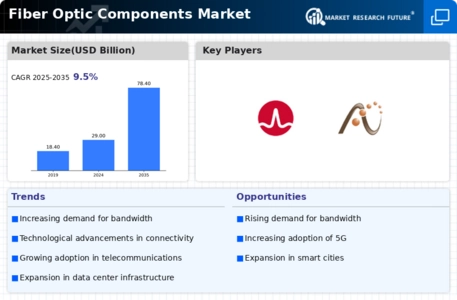
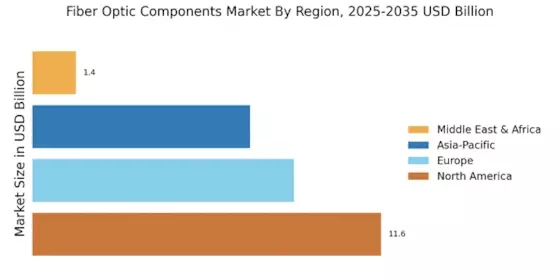
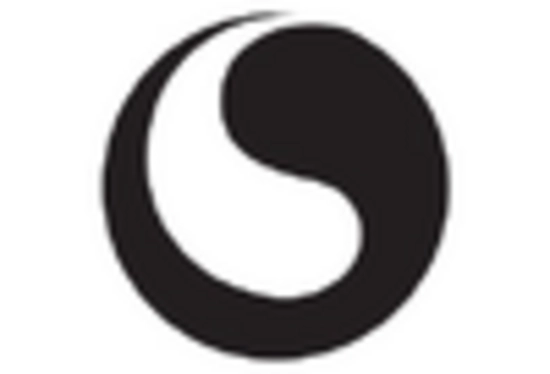
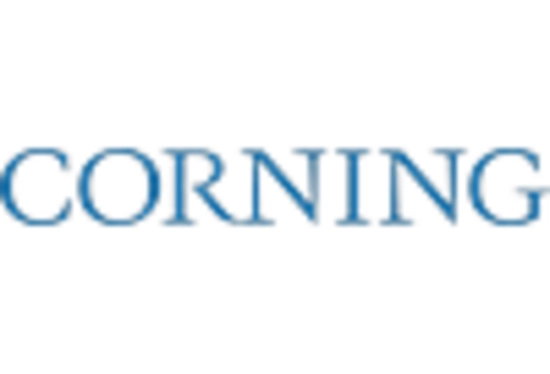
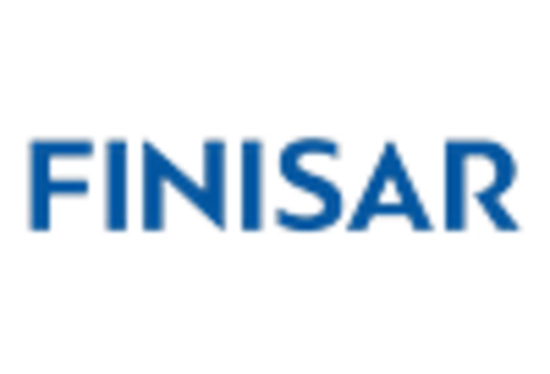
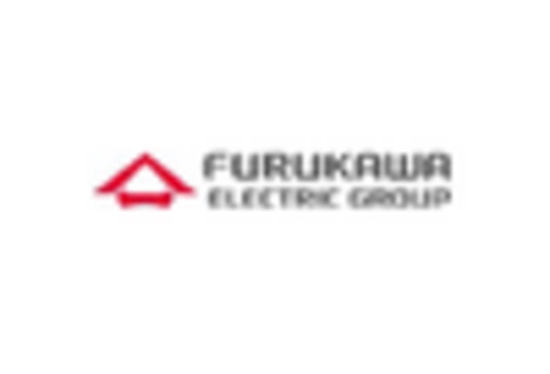
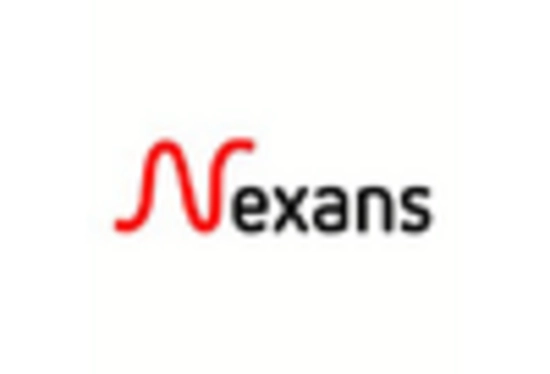
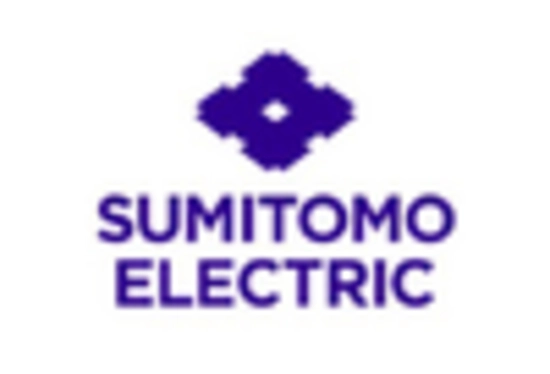








Leave a Comment